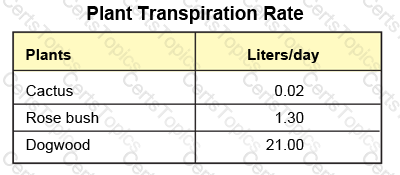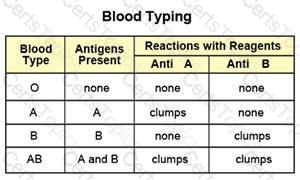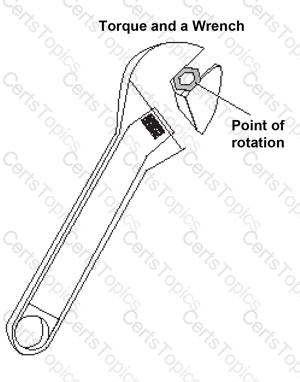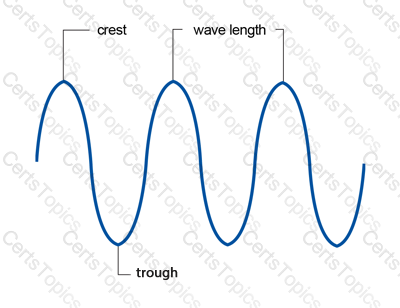Work is done on an object when a force is applied, causing the object to move.

Which example best illustrates this scientific idea?
Blood typing is essentially a chemical reaction that provides data so that blood may be safely transfused from one person to another. The basic objective is to avoid “clumping” that could occur in the recipient when the wrong blood type is received. These “clumps” of red blood cells could block arteries or veins affecting the blood flow to critical body organs, like the heart or the brain.
Exhibit:

Based on the chart and the information, which blood type will not form clumps with either Anti-A reagent serum or the Anti-B reagent serum?
Exhibit:

Torque is the measure of a force that produces rotation. A wrench is used to loosen a bolt as shown at the left. The bolt is stuck, so it will require much more torque than is usually needed.
Which replacement given below is most likely to produce the required increase in torque for the wrench?
One wavelength is the distance from one crest of a wave to the next crest or from a trough (low point of a wave) to the next trough. The frequency of a wave is the number of crests that pass any given point each second.
Which of the following waves demonstrates the LOWEST frequency?

A)

B)

C)

D)

E)
